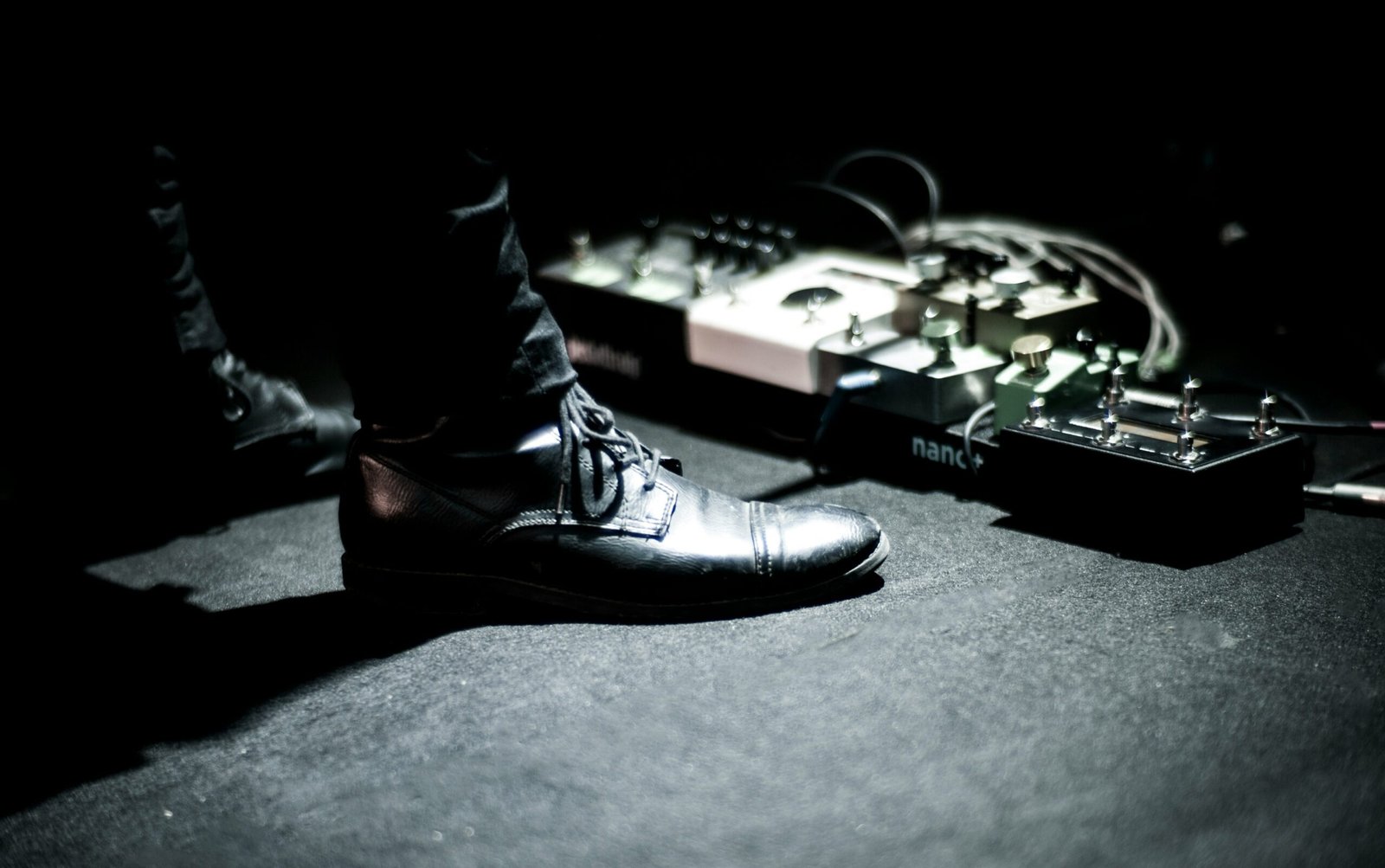
Understanding Looping Pedals: What Are They and How Do They Work?
I have to tell you that I play out solo acoustic alot and using a looping pedal has changed my experience dramatically. Most of my gigs are between 3 and 4 hours and having the ability to play leads and bass lines over my rhythm guitar parts just plainly makes my gigs super fun. Looping pedals allow you to record, layer, and manipulate musical phrases in real time. At their core, they enable you to capture a short musical segment, which can then be played back on repeat, which creates a loop. They help you build complex sounds, creating depth and texture without the need for additional instruments.
Typically, a looping pedal captures audio via an input jack where the guitar is connected, recording the sound when a footswitch is activated. Once a phrase is recorded, you can continue to play over the loop, layering melodies or harmonies. Many pedals allow for overdubbing, or recording additional layers on top of an existing loop, providing a versatile tool for solo performers. The ability to control the loop’s playback, including starting and stopping as well as adjusting volume levels, adds a crucial dynamic to performance.
Looping pedals come in various types and models, each with distinct features to accommodate different preferences and styles. Some pedals have extensive recording time and others have Built-in effects such as reverb, delay, or modulation . Other key specifications to consider include the number of loops the pedal can handle simultaneously, the quality of audio processing, and ease of use.
Top Looping Pedals for Guitar: A Comprehensive Review
My looping pedal has made a huge impact to my live solo performances. In this review, I’ll explore some of the top looping pedals available on the market.
The Boss RC-3 stands out as a popular choice among musicians, offering a compact design paired with extensive functionality. This pedal features an onboard memory capable of storing up to three hours of recording, making it an excellent option for those who require flexibility in their performances. The user interface is intuitive, facilitating easy navigation through loops and added effects. With an average price point of around $200, it provides excellent value for both amateurs and seasoned players.
- Compact and powerful stereo stompbox looper
- Massive internal memory with up to three hours of stereo recording time
- 99 onboard memories for storing loops
Another contender worth considering is the TC Electronic Ditto Looper. Known for its simplicity and high-quality sound, the Ditto Looper allows for seamless recording and playback without overwhelming the user with complex features. It includes a single knob for control, simplifying the performance process while still offering unlimited overdubs. The pedal’s affordable price, generally around $100, makes it accessible to a wider range of guitarists looking to enhance their live sound.
- Multi-session Looper Pedal with 24-bit Sound Quality
- 99-loop Stage Capacity
- Hi-resolution Display
For those seeking a versatile option, the Digitech JamMan Express is worth mentioning. This looping pedal features a built-in memory for storing loops and songs, which can be easily triggered during performances. The JamMan Express also supports USB connectivity, allowing users to transfer their loops and jams directly to a computer for further editing. With its competitive pricing, typically around $130, it presents a great balance of features and performance.
Overall, each of these looping pedals provides unique capabilities, making them suitable for different playing styles and budgets. By considering their features, sound quality, and ease of use, guitarists can make informed decisions to elevate their musical creativity.
- Specially Priced Package includes the DigiTech JamMan Express XT with all items as packaged by DigiTech, PLUS:
- (2) 6in. Patch cables to hook up the JamMan Express XT to your other pedals
- Sonic Sense One-Year Extended Warranty Adds One Year to Manufacturer’s Warranty
How to Use a Looping Pedal Effectively: Tips and Techniques
Ensuring that the initial loop is recorded on the beat is important for the entire performance. As you gain confidence, the layering technique becomes essential. Start by laying down a chord progression. Once you have this base, gradually introduce additional layers such as leads or bass lines. Each layer should have its distinct role, creating a balanced sound that doesn’t overwhelm the listener.
Looping pedals are also great for practicing your bass lines or leads. It’s great to lay down a rhythm track, let it loop and just play. You don’t need a backing track if you have a looper. The looper can turn your practice into a jam session and make practice fun!
A good example of a song where I utilize my looping pedal is Ramble On by Led Zeppelin. I play three guitar parts and the bass line and it is so much fun!! I look forward to my solo gigs because of my looping pedal!



